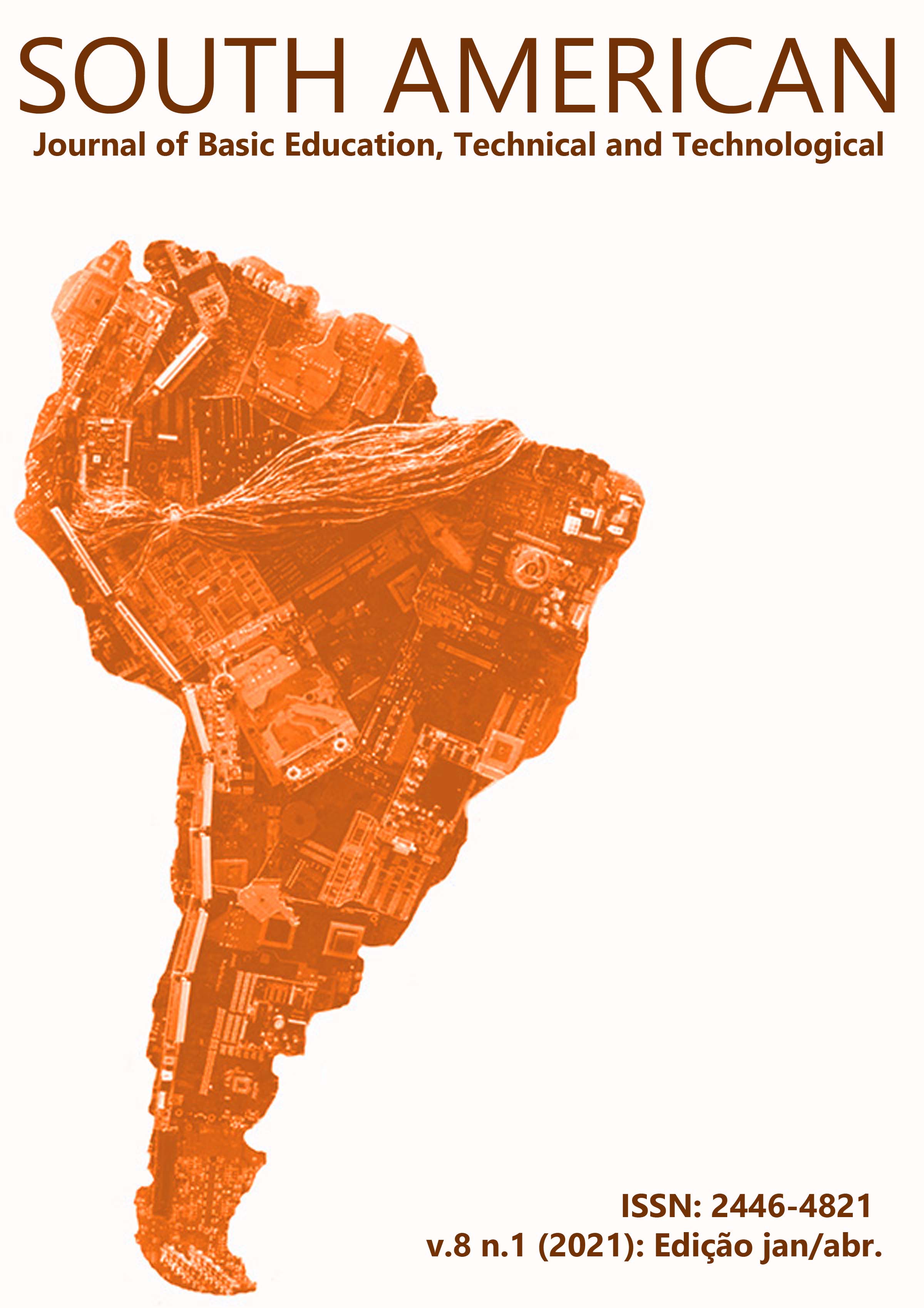Snake assemblage in a “terra firme” forest in the Upper Juruá region, western Brazilian Amazon
Keywords:
Squamata. Microhabitat. Diet. State of Acre.Abstract
We present data on the natural history of a snake assemblage in the Upper Juruá River (State of Acre, Brazil). We sampled the snakes using time constrained visual search, pitfall traps, and accidental sighting. We collected 179 specimens of 42 species. At night, most snakes were recorded on the vegetation either active (moving or foraging) or resting. In terms of activity time, 49.6% of the species were diurnal, 42% were nocturnal, and 8.2% were active during day and night. Forty-three percent of the snakes were terrestrial, 33% were semi-arboreal and arboreal, 20% were cryptozoic and fossorial and 4% were aquatic. The most common prey utilized by this snake assemblage are lizards (43% of the species), amphibians (32%), mammals (30%), birds (19%) and snakes (13%). The species richness can still be considered to be underestimated, illustrating the need for further surveys and also studies of possible negative impacts of human activities on snake populations.










